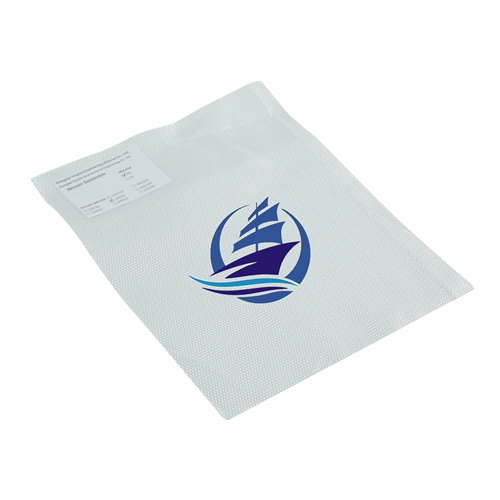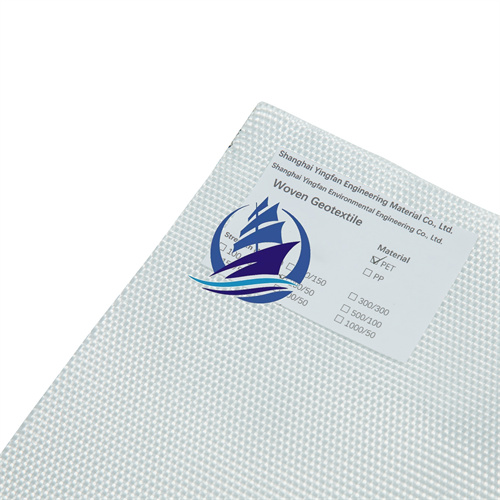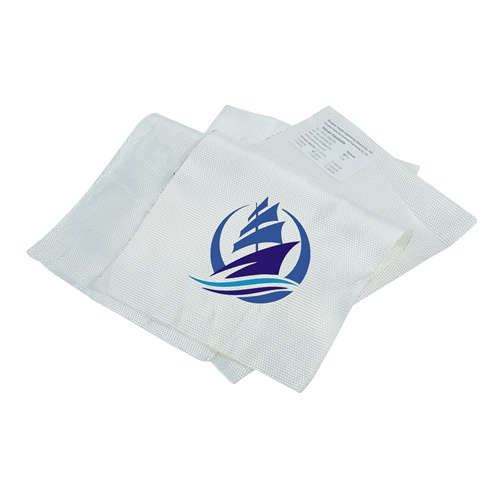
Unveiling Woven Geotextile Technology: A Robust Solution
2025-02-28 15:00
Summarize
Welcome to an exciting exploration of woven geotextile technology—a cornerstone in modern geosynthetics that’s transforming construction and environmental projects worldwide. As seasoned manufacturers with years of expertise, we’re thrilled to share how these durable fabrics, crafted from high-strength polymers, bring stability, separation, and reinforcement to diverse applications. In this blog, we’ll dive into the technical brilliance of woven geotextiles, their standout features, and practical uses, all while addressing your top questions with clarity and enthusiasm. Whether you’re stabilizing a roadway or tackling erosion, woven geotextiles offer a reliable, cost-effective solution that stands the test of time.
The Technical Marvel of Woven Geotextile Fabrics
Picture a fabric so tough it can hold soil in place under heavy loads, yet so cleverly designed it lets water pass through without a hitch. That’s the magic of woven geotextile technology. These fabrics are born from weaving high-tenacity polypropylene or polyester yarns into a tight, uniform structure. The result? A material with exceptional tensile strength and minimal stretch—perfect for bearing the brunt of demanding conditions.
Unlike their non-woven counterparts, woven geotextiles prioritize strength over permeability. The weaving process, often using slit-film or monofilament yarns, creates a grid-like pattern that resists deformation. This makes them ideal for projects needing a steadfast barrier between soil layers or a boost to structural integrity. Think of them as the unsung heroes beneath roads, parking lots, and embankments, quietly ensuring everything stays put.
What sets woven geotextiles apart is their ability to combine durability with practicality. UV-stabilized and resistant to chemical degradation, they thrive in harsh environments—think acidic soils or salty marshes. Plus, their installation is a breeze, saving time and labor costs. It’s no wonder engineers and contractors turn to woven geotextiles for solutions that last.
Where Woven Geotextiles Shine
The versatility of woven geotextile fabrics is nothing short of impressive. In road construction, they act as a stabilizing layer between soft subsoils and aggregate, preventing mixing and extending pavement life. Imagine a gravel driveway that resists ruts and potholes—that’s woven geotextile at work, keeping the base solid and the surface smooth.
Beyond roads, these fabrics excel in slope reinforcement and erosion control. Placed along embankments or shorelines, they hold soil firm against water flow or wind, giving vegetation a chance to take root. In parking lots or temporary access roads, woven geotextiles provide a cost-effective way to bolster weak ground, reducing the need for extra fill material. It’s practical engineering with a cheerful payoff—longer-lasting projects with less upkeep.
Why Choose Woven Geotextiles?
Opting for woven geotextile means betting on strength and efficiency. Their high tensile strength—often exceeding 200 kN/m—means they can handle serious stress without buckling. Low elongation ensures they won’t stretch out of shape, offering consistent performance over time. And while they’re less permeable than non-woven options, they still allow enough water flow to prevent pressure buildup, striking a smart balance for separation and reinforcement tasks.
Cost-wise, woven geotextiles are a win. By minimizing aggregate use and cutting maintenance needs, they trim project expenses without skimping on quality. Add in their resistance to installation damage—think tears or punctures—and you’ve got a fabric that’s as economical as it is enduring. It’s a choice that feels good for both the site and the budget.
FAQs
What’s the difference between woven and non-woven geotextiles?
Woven geotextiles are made by interlacing yarns for superior strength and low stretch, ideal for stabilization and separation. Non-woven versions, bonded by heat or needles, focus on filtration and drainage with higher permeability. Pick woven when strength tops your list.
Can woven geotextiles handle wet conditions?
Absolutely! Designed with UV and chemical resistance, woven geotextiles perform brilliantly in wet or corrosive environments like marshes or coastal areas. They keep soil in place while letting water pass, preventing soggy disasters.
How do I install woven geotextiles properly?
Start with a smooth, debris-free surface. Roll out the fabric with slight overlaps (about 30 cm) at seams, secure it with stakes or weights, then layer your aggregate or soil. It’s straightforward—just keep it taut and covered promptly to avoid UV exposure before completion.
Conclusion
In the world of geosynthetics, woven geotextile technology stands tall as a reliable, robust ally for tackling tough terrain. With their unmatched strength, practical design, and budget-friendly benefits, these fabrics turn challenging projects into success stories. From roads to slopes, woven geotextiles deliver stability and longevity with a cheerful efficiency that’s hard to beat. Ready to elevate your next project? This technology’s got you covered—literally and figuratively!











